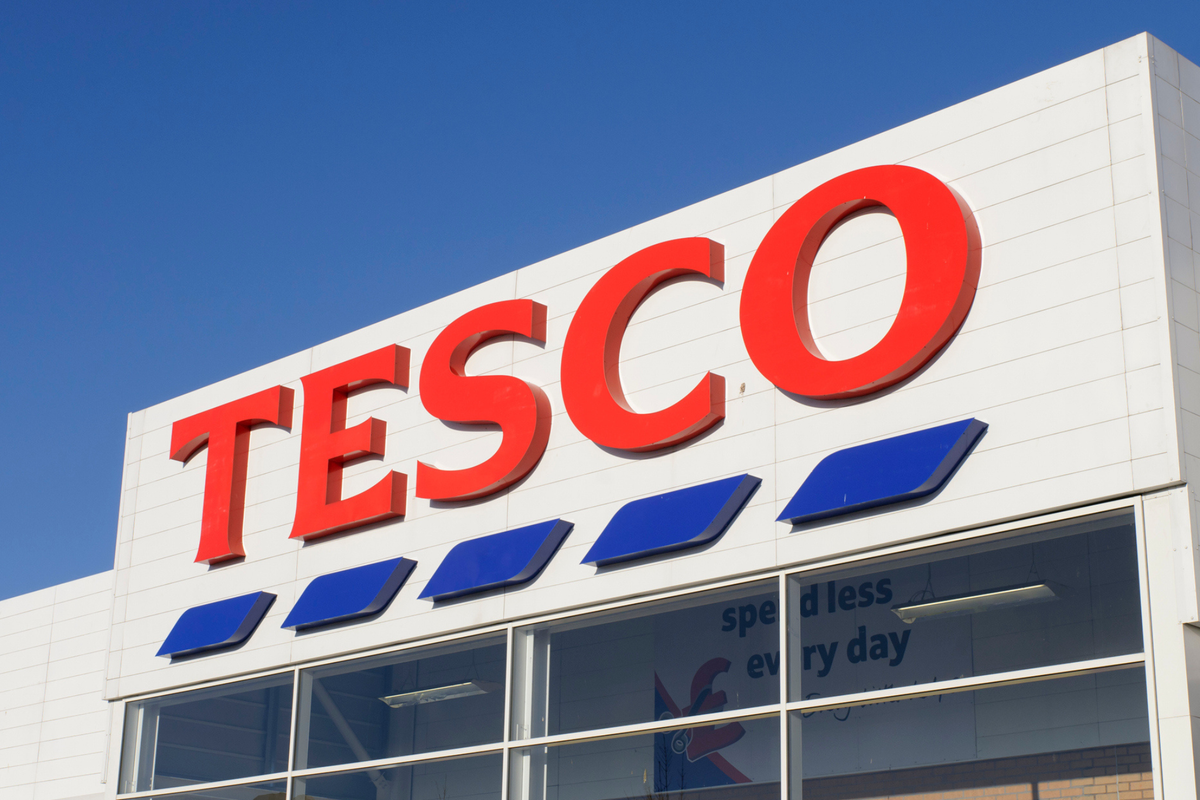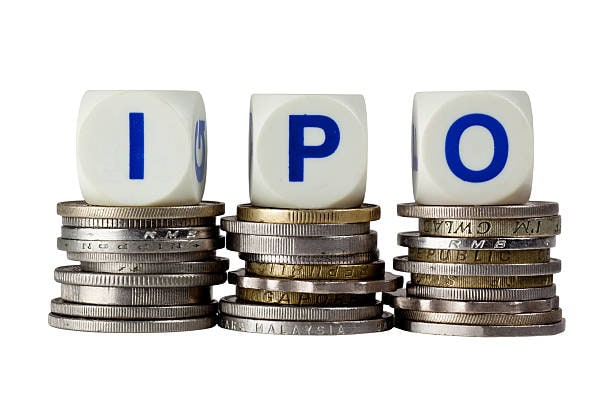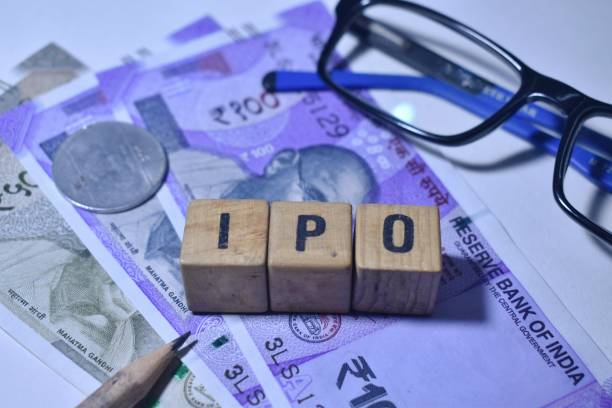Business
UK supermarket giants join up to warn business rates rise could push up costs

Britain’s major supermarkets are pressing the chancellor to exempt them from a new business rates surtax, warning consumers will ultimately face higher prices.
A letter from the British Retail Consortium (BRC) to Rachel Reeves argues that limiting the tax burden on grocers is vital for tackling food inflation. It has been signed by UK executives and directors from Tesco, Sainsbury’s, Aldi, Asda, Iceland, Lidl, Marks & Spencer, Morrisons, and Waitrose.
The BRC said it is concerned that large shops could see their business rates rise if they are included in the government’s new surtax for properties with a rateable value over £500,000.
This is expected to cover discounts for smaller high-street firms, which will be subject to reduced business rates under the government’s plans.
The plans are set to be confirmed in next month’s autumn Budget and would come into effect from next April.
In the letter, the supermarket bosses say that their “ability to absorb additional costs is diminishing”.
It reads: “If the industry faces higher taxes in the coming Budget – such as being included in the new surtax on business rates – our ability to deliver value for our customers will become even more challenging and it will be households who inevitably feel the impact.
“Given the costs currently falling on the industry, including from the last Budget, high food inflation is likely to persist into 2026.
“This is not something that we would want to see prolonged by any measure in the Budget.
“Large retail premises are a tiny proportion of all stores, yet account for a third of retail’s total business rates bill, meaning another significant rise could push food inflation even higher.”
The letter concludes by asking Ms Reeves to “address retail’s disproportionate tax burden”, which it said would “send a strong signal of support for the industry and of the government’s commitment to tackling food inflation”.
Helen Dickinson, the BRC’s chief executive, said: “Supermarkets are doing everything possible to keep food prices affordable, but it’s an uphill battle, with over £7bn in additional costs in 2025 alone.
“From higher national insurance contributions to new packaging taxes, the financial strain on the industry is immense.”
The Treasury has been contacted for comment.
Business
Homeowners are losing thousands in equity thanks to weakening prices

A tract of new tightly packed homes are viewed along the Boulder City Parkway on January 11, 2022 in Henderson, Nevada.
George Rose | Getty Images
Home values have been losing ground for much of this year, with previously huge annual gains shrinking to nothing. The result is that homeowners are losing equity.
Borrower equity fell 2.1% in the third quarter of this year compared with the same period a year ago, or a collective $373.8 billion, according to a report from Cotality. This comes after years of steep home prices gains and record equity. Even after the drop, homeowners still have an overall collective net equity of $17.1 trillion for homes with a mortgage.
For the average homeowner, the third-quarter equity declines translate to a loss of $13,400. In addition, the number of homes in a negative equity position, meaning they are worth less than the mortgage on them, increased by 21% from a year ago to 1.2 million.
“As the pace of home price growth slows and markets recalibrate from pandemic peaks, we’re seeing a clear shift in equity trends,” said Selma Hepp, chief economist at Cotality. “Negative equity is on the rise, driven in part by affordability challenges that have led many first-time and lower-income buyers to over-leverage through piggyback loans or minimal down payments.”
Those in a negative equity position likely purchased their homes more recently, when mortgage rates were higher and prices had peaked. Homeowners have also been pulling more equity out of their homes, thanks to huge gains in the last five years.
Home values are now roughly 52% higher than they were in January 2020, according to the S&P Cotality Case-Shiller national home price index. Even after mortgage rates increased in 2023, the average equity gain per homeowner was $25,000. In 2024, it was $4,900.
Not every market, however, is seeing the same dynamic. Boston, Chicago and New York City are all still in the positive, according to the Cotality report. The biggest losses were in Los Angeles, San Francisco, Washington, D.C., Miami and Houston, Texas.
“The future performance of highly leveraged loans will hinge on the strength of the U.S. economy and labor market. Even as expectations for continued price appreciation and economic resilience persist, it remains critical to closely monitor these loans in the months ahead,” Hepp said.
Business
IPO Explained: Meaning, Process, Benefits, Risks

In the world of finance, few events generate as much excitement as an Initial Public Offering (IPO). For companies, it marks the transition from private ownership to public trading. For investors, it opens the door to participate in the growth of a business from an early stage. IPOs are often seen as milestones that signal a company’s maturity, ambition, and readiness to expand. (Image: Pexels)

An Initial Public Offering (IPO) is the process by which a private company offers its shares to the public for the first time. By listing on a stock exchange, the company transitions into a publicly traded entity. This move allows the firm to raise capital, expand its operations, and gives early investors and employees the opportunity to sell their shares. For the wider public, it opens up a chance to own a stake in the company and participate in its growth journey. (Image: Pexels)

Companies choose to launch IPOs for several reasons. The most obvious is capital raising, as funds generated from the sale of shares can be used to expand operations, invest in new technology, or reduce debt. Going public also enhances visibility and credibility, since listed companies must adhere to strict disclosure norms. For founders, venture capitalists, and employees, an IPO provides liquidity, enabling them to monetize their holdings. Moreover, access to capital markets creates opportunities for mergers, acquisitions, and global expansion. (Image: Pexels)

The IPO process itself is structured and involves multiple steps. It begins with the company’s board and management deciding to go public. Investment banks, known as underwriters, are then appointed to manage the offering, set the price, and market the shares. (Image: Pexels)

The company must file regulatory documents; in India, this is the Draft Red Herring Prospectus (DRHP) with SEBI, while in the US it is filed with the SEC. These filings disclose financials, risks, and business plans to potential investors. To generate interest, the company and its bankers conduct roadshows, presenting the IPO to institutional investors. (Image: Pexels)

Based on demand, the final price of shares is determined, and allocations are made to both institutional and retail investors. Finally, the shares are listed on exchanges such as NSE, BSE, or NYSE, where they can be freely traded. (Image: Pexels)

There are two main types of IPOs. In a fixed price issue, the company sets a predetermined price for its shares before the offering. In a book building issue, investors bid within a specified price range, and the final price is decided based on demand. Both methods aim to balance investor interest with the company’s capital requirements. (Image: Pexels)

Investing in IPOs can be rewarding but also carries risks. On the positive side, early investment in a promising company can yield significant returns, and IPOs diversify the opportunities available to investors. However, risks include market volatility, overvaluation, or poor company performance after listing. Not every IPO guarantees success, and careful research is essential before investing. (Image: Pexels)
Business
‘The next protein’: Fiber is shaping up to be the latest grocery obsession

Cases of Pepsi soda are displayed at a Costco Wholesale store on Nov. 13, 2025 in Simi Valley, California.
Kevin Carter | Getty Images
One of this year’s top food trends is facing some tough competition.
Protein captivated consumers and food companies in 2025, but fiber is increasingly stealing the scene as people place an increasing emphasis on promoting gut health.
It’s taken hold on social media, where “fibermaxxing” — or the concept of increasing fiber intake through whole foods like fruits and legumes — has seen thousands of posts.
“Fiber is finally getting a spotlight, which is a great thing because it’s a nutrient that people need,” said Stephanie Mattucci, principal strategist at food research company Mintel.
Currently, 90% of women and 97% of men in the U.S. are not meeting their daily fiber requirements, Mattucci said. For most Americans, that recommended range usually falls somewhere between 25 grams and 38 grams of fiber per day, she added.
But more people are beginning to take notice of those gaps.
According to Mattucci, 22% of consumers in the U.S. said high fiber content was one of their top three important factors when shopping for food — up from just 17% in 2021.
Wall Street’s companies are taking note, too. On an earnings call with analysts in October, PepsiCo CEO Ramon Laguarta said fiber was emerging at the forefront of the company’s product goals as it looked ahead to 2026.
“I think fiber will be the next protein,” Laguarta said. “Consumers are starting to understand that fiber is the benefit that they need. It’s actually an efficiency in U.S. consumers’ diets, and that will be elevated.”
In February, the company is going a step farther and plans to launch Smartfood Fiber Pop, featuring six grams of protein per serving, and SunChips Fiber, incorporating fiber variants like whole grains and black beans, Pepsi’s chief science officer, Tara Glasgow, told CNBC exclusively.
Smartfood Fiber Pop and Sun Chips Fiber snacks.
Source: Pepsico
And there’s a reason companies are broadening their offerings. Research firm Datassential found that fiber is on track to be the “next big health trend following on the heels of protein” in its 2026 trends report.
Of the consumers the firm surveyed, 54% said they are interested in foods and beverages that are high in fiber. That number is even higher — reaching 60% — among members of Generation Z, who are pioneering the “fibermaxxing” trend on social media.
And 42% of consumers said they believe the attribute of “high fiber” on a nutrition label of any food or beverage product is important to defining that product as “healthy,” according to Datassential.
It’s that momentum that landed fiber as one of Whole Foods Market’s top trends for 2026.
The gut health craze
Watching fiber intake isn’t new, experts note, but it’s often been associated with older people who require it for health reasons as they age.
“When I think of fiber, I immediately think of my grandfather. Every day, he had his little baggie of All-Bran, and he brought it everywhere he went, probably out of necessity,” Mintel’s Mattucci said, citing the slowing of digestive tracts as people age.
Still, something has shifted as consumers of all ages have started placing more emphasis on promoting gut health and digestive wellness — and fiber entered the spotlight.
The emphasis on diversity of fiber intake and finding it in everyday whole foods rather than through supplements or powders is part of what’s allowing it to find popularity and align with current culture, according to Angela Salas, a senior dietitian at the University of California, Davis.
The two types of fiber — soluble and insoluble — work together to keep people fuller for longer, improve digestion, and lower blood pressure and cholesterol, Salas said. In some ways, fiber could mimic the effects of weight-loss drugs because it takes longer to break down food and therefore sits in the stomach for longer, she said, which could be a factor for its recent popularity.
“These nutrients have always been around and always kind of shifts, I think, from the food industry saying, ‘What can we highlight? What do people want to be focusing on so that we can continue to sell the same product, just slightly altered?'” Salas said.
Still, Kate Pelletier, a registered dietitian nutritionist at the University of Michigan Health, said it’s important to note that fiber is not sufficient as an alternative to GLP-1 drugs, and a balanced plate is the best way to stay healthy.
Pelletier said fiber’s use as a “street sweeper” for the body is likely one of the reasons it’s been thrust back into the spotlight.
“There’s been a really big shift into more natural plants instead of popping a supplement or using a protein powder,” Pelletier said. “We can get the benefit of fiber from thinking about adding more wholesome foods into our diet, versus typical diet culture [which] focuses on taking out X, Y or Z.”
Promoting high-fiber products
Food and beverage companies are jumping on the momentum, too.
Earlier this year, Coca-Cola launched its prebiotic soda, Simply Pop, with six grams of prebiotic fiber in five flavors to encourage gut health. Nestlé unveiled a new protein shake in June with four grams of prebiotic fiber designed specifically to support the digestive health of adults on GLP-1 medications.
Other companies like Olipop have also entered the prebiotic soda market, boasting recipes that promote gut health, while smaller businesses, like Floura protein bars and Sola Bagels, have also begun selling fiber-rich products.
Olipop soda at a store in San Francisco, California, US, on Monday, March 17, 2025. Olipop Inc., the high-fiber, lower-sugar soda startup, raised $50 million in a Series C funding round at a valuation of $1.85 billion.
David Paul Morris | Bloomberg | Getty Images
Pepsi’s Glasgow told CNBC the company is taking every opportunity to explore consumers’ newfound interest in fiber. Glasgow said the research and development team’s work starts in science and follows trends to keep up with their audience’s evolving tastes.
Pepsi already has products on the market that specifically boast high fiber content, like its prebiotic cola and Quaker oatmeal. As consumers start to explore the previously “sleepy little nutrient,” Glasgow said, Pepsi is innovating new products across its beverages and food brands.
“We hear it from consumers as well that they’re becoming more knowledgeable about nutrition and their nutrition needs,” Glasgow said. “And I think that’s where the excitement is coming from. I feel it growing.”
Glasgow said the company, which already launched successful protein-packed products this year, is moving toward products that incorporate multiple sources of gut-healthy ingredients.
“We saw protein grow in a big way in the last couple years,” Glasgow said. “I think [consumers] are then expanding their view, and they realize there’s not one ingredient alone that is the silver bullet. It’s about getting the right ingredients all together.”
For some, fiber isn’t just a trend.
Naomi Aganekwu, a 27-year-old content creator, said she started incorporating fiber more intentionally into her diet last year. Now, she makes sure each meal she eats has at least five to 10 grams of fiber through foods like beans, lentils and chia seed puddings.
Aganekwu said she’s seeing results from incorporating fiber into her diet, like being satiated after meals and seeing her hormonal acne reduce. And as she’s championing fiber, she’s seeing the people around her do the same, especially among her generation.
It’s become personal for Aganekwu, too, whose father died earlier this year of colon cancer. Some research has shown fiber could prevent colorectal cancer in addition to promoting overall health, according to the National Institutes of Health.
“You don’t want to wait until you’re 60 or 70 and you’re dealing with more diagnoses,” she said. “There’s a lot that you can do, even just in your everyday choices, down to what you’re putting on your plate, that can directly impact your chances or decrease your chances of developing critical diseases.”
-

 Sports1 week ago
Sports1 week agoAustralia take control of second Ashes Test | The Express Tribune
-

 Politics6 days ago
Politics6 days ago17 found dead in migrant vessel off Crete: coastguard
-

 Entertainment1 week ago
Entertainment1 week agoSabrina Carpenter recalls ‘unbelievable’ experience with pal Taylor Swift
-

 Fashion1 week ago
Fashion1 week agoBangladesh’s economic outlook cautiously optimistic: Govt
-

 Fashion5 days ago
Fashion5 days agoGermany’s LuxExperience appoints Francis Belin as new CEO of Mytheresa
-

 Politics5 days ago
Politics5 days agoThailand launches air strikes against Cambodian military: army
-

 Tech7 days ago
Tech7 days agoWIRED Roundup: DOGE Isn’t Dead, Facebook Dating Is Real, and Amazon’s AI Ambitions
-

 Politics1 week ago
Politics1 week agoGen-Z battles to gain political ground after ousting ex-PM Hasina in Bangladesh





